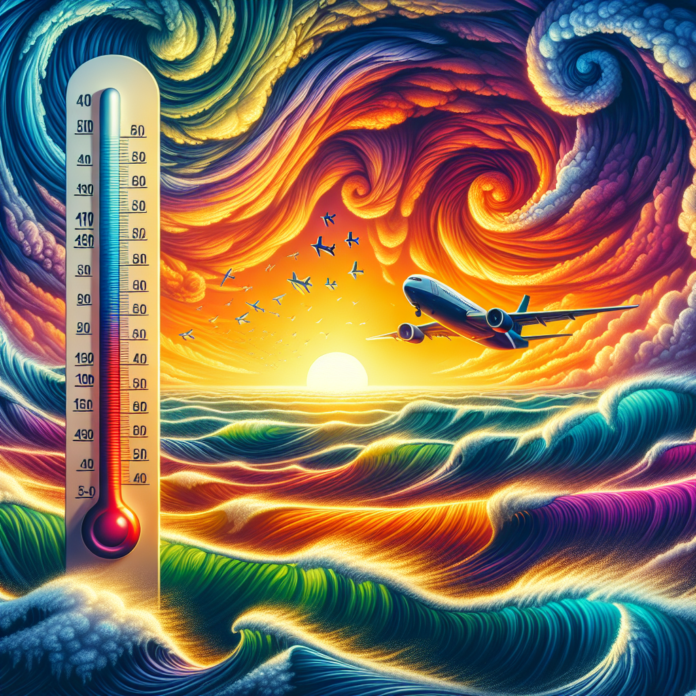Major Aviation Challenges Due to Climate Change
In recent weeks, severe turbulence has caused significant incidents in the aviation industry, highlighting the growing impact of climate change on air travel. A major accident was narrowly avoided on a Singapore Airlines flight over the Irrawaddy Basin, resulting in the death of a British passenger and injuries to 30 others. Similarly, Kannada film actor Dhruva Sarja experienced terrifying turbulence while flying to Kashmir.
Experts link the increasing frequency of such turbulence to climate change, which is intensifying jet streams and altering weather patterns. A study by the University of Reading predicts that by 2050, incidents of air turbulence in northern India could more than double, particularly during the pre-monsoon season. This type of turbulence is difficult to predict as it occurs at high altitudes and in clear skies.
Climate change is also creating multiple challenges for the aviation industry, including increased heat, which makes it harder for planes to take off; higher risks of lightning; changing jet streams that could lengthen travel times; and rising sea levels, which threaten coastal airports. Aviation contributes significantly to atmospheric pollution, exacerbating the problem.
In the U.S., over 75% of air traffic delays are weather-related, and climate change is expected to increase these disruptions. Overall, the aviation sector is grappling with the dual challenges of adapting to and mitigating the effects of climate change.
India, with its 137 airports, has seen record domestic air traffic and the introduction of new routes under the Regional Connectivity Scheme. The Airports Authority of India continues to enhance air navigation services and passenger facilities, despite the growing challenges posed by climate change.


